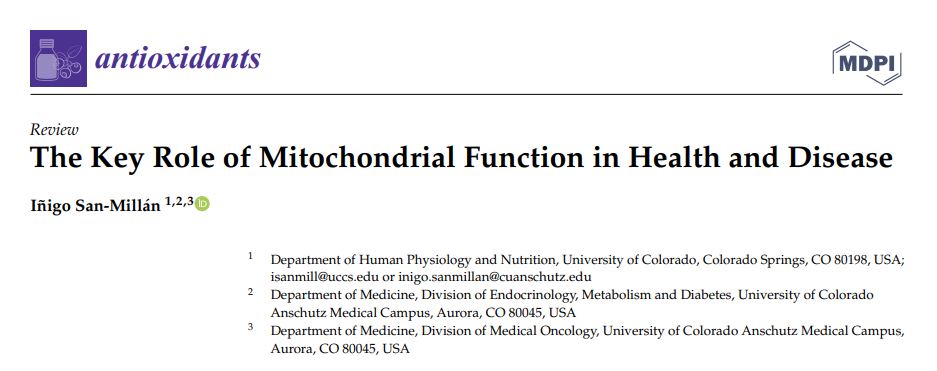Part 6, this should be fun. Interestingly, mitochondria are the main producers of reactive oxygen species (ROS). ROS are necessary and involved in maintaining the following:
- cellular homeostasis
- Key signaling pathways
- Cell proliferation
- Cell differentiation
- Cell migration
- Angiogenesis – creation of blood vessels
- and increased lifespan
With almost anything in biology, there is an optimal range of ROS concentration. Excess ROS production can be countered with antioxidants such as:
- Superoxide dismutase
- Catalase
- Reduced glutathione
- Glutathione peroxidase
- Glutathione reductase
If ROS production exceeds antioxidant capacity multiple cellular diruptions can cause damage to mitochondrial DNA, proteins and lipids. There mitochondrial function and cellular homeostasis can be disrupted. San-Millan poses the question: “Could “faulty” mitochondrial function be responsible for excessive ROS production, or could it be the opposite?”
Lactate is an important signaling molecule as it stimulates a modest amount of ROS production, which elicits an antioxidant response for pro–survival cellular pathways such as PI3K/AKT and endoplasmic reticulum (ER) chaperones.
San-Millán I. The Key Role of Mitochondrial Function in Health and Disease. Antioxidants (Basel). 2023;12(4):782. Published 2023 Mar 23. doi:10.3390/antiox12040782

